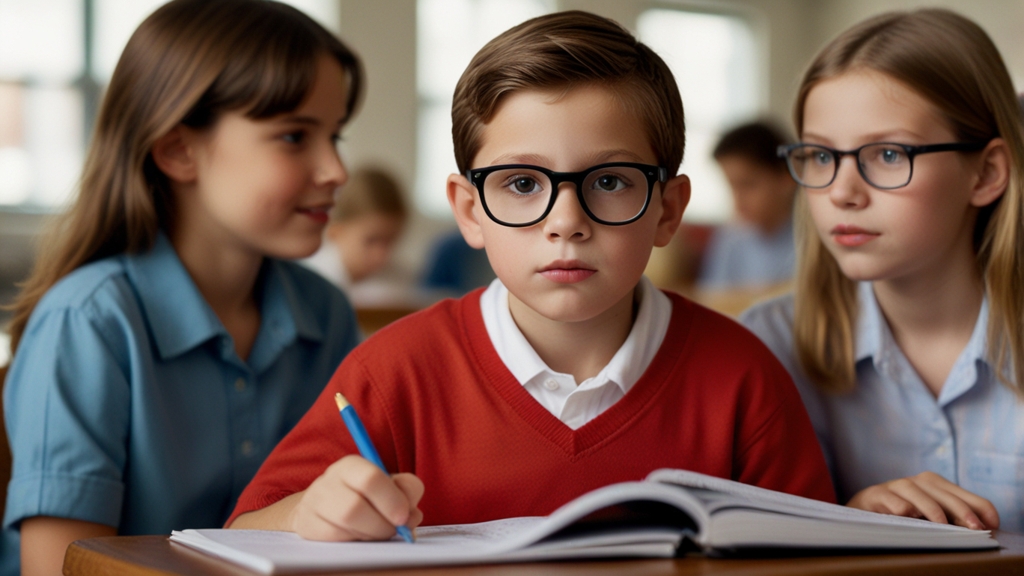Introduction
In recent years, the integration of mindfulness practices into the educational system has surged, becoming a crucial component of holistic student development. The rise of mindfulness in schools marks a significant shift toward nurturing the mental and emotional well-being of students, beyond traditional academic achievements.
The Growing Popularity of Mindfulness in Education
Mindfulness, defined as the practice of being present and fully engaged with the current moment, has found a firm footing in the education sector. Educators and mental health professionals have long recognized the benefits of mindfulness, which include reduced stress, enhanced concentration, and improved emotional regulation. As these benefits become more widely recognized, schools are increasingly incorporating mindfulness programs into their curricula.
Benefits Reported by Educators
Teachers and administrators spearheading mindfulness programs in schools report a variety of positive outcomes. According to a survey conducted by the American Mindfulness Research Association, over 70% of educators noticed a significant improvement in classroom behavior and student focus shortly after introducing mindfulness practices. Additionally, many noted enhancements in students' problem-solving abilities and overall academic performance.
"Integrating mindfulness into our daily routine has transformed the classroom environment. Students are more attentive and empathetic, which creates a more cohesive and supportive learning atmosphere," says Emily Harper, a third-grade teacher at Riverside Elementary School.
Challenges in Implementation
Despite its growing popularity, the implementation of mindfulness programs is not without challenges. One of the primary obstacles is the lack of sufficient training for educators. Many teachers feel ill-equipped to guide mindfulness exercises without proper instruction and resources. Additionally, the varied acceptance of mindfulness practices among parents and stakeholders can pose resistance, particularly in communities unfamiliar with or skeptical of these methods.
However, schools that have successfully adopted mindfulness programs often credit their success to comprehensive training sessions and ongoing support for educators. Providing resources such as guided meditation recordings, mindfulness lesson plans, and regular workshops can be instrumental in overcoming these barriers.
"We recognized early on that for mindfulness to be effective, our teachers needed to fully understand and believe in its benefits. We invested heavily in professional development and saw remarkable changes not just in students, but in our teachers' approach to teaching and personal well-being," explains Dr. Susan McMillan, principal of Harmony High School.
Case Studies and Success Stories
Numerous schools have become case studies in the effective implementation of mindfulness in education. For instance, Lincoln Park Middle School established a comprehensive mindfulness program five years ago. This initiative, involving daily mindfulness sessions and a dedicated mindfulness coordinator, has reported a 40% reduction in disciplinary actions and a noticeable improvement in overall student happiness and engagement.
Similarly, a pilot program at Crestwood Junior High revealed that mindfulness practices led to a 30% increase in students' standardized test scores over the two-year study period. These statistics provide compelling evidence that mindfulness can play a crucial role in both emotional and academic student development.
Conclusion
The rise of mindfulness in schools is more than a passing trend; it reflects a deeper understanding of the complex needs of today's students. As educators continue to seek ways to foster resilient, focused, and emotionally intelligent learners, mindfulness practices offer valuable tools. Despite the challenges associated with implementation, the growing body of evidence supporting its benefits makes mindfulness an increasingly integral part of modern education.







